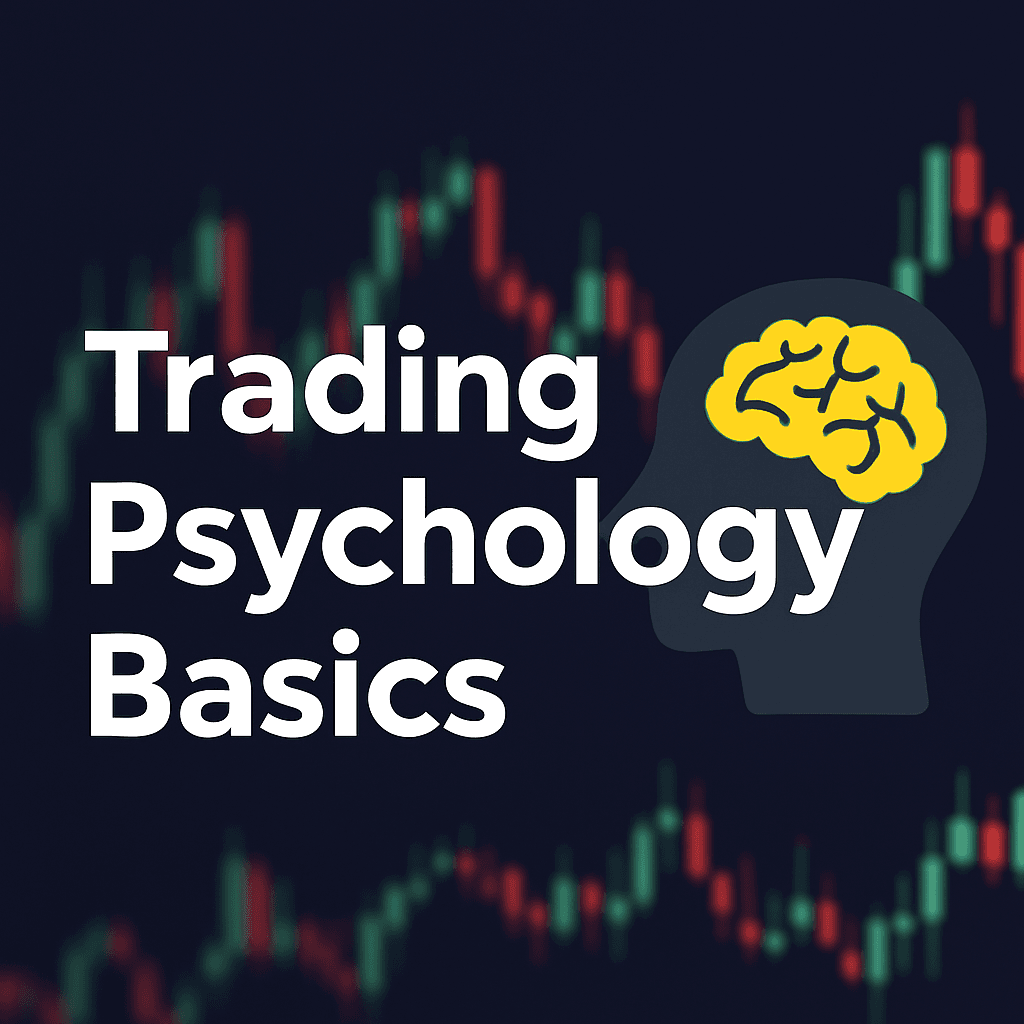A Beginner-Friendly Guide to Navigating TradingView Like a Pro
If you're new to TradingView or technical analysis, this guide will walk you through the essentials of how to read and use a TradingView chart effectively — so you can spot smarter trade setups and gain more confidence in your decisions.
🧱 Understanding the Chart Layout
When you first open a chart on TradingView, you’ll see:
- The main price chart — usually set to candlesticks by default
- Timeframe selector — changes the interval (e.g. 1m, 1h, 1D)
- Indicators toolbar — lets you add tools like RSI, moving averages, etc.
- Drawing tools — for trendlines, support/resistance, fib levels, and more
- Watchlist & settings — manage assets and customize the interface
🕯️ Reading Candlestick Charts
Each candlestick shows four key values:
- Open: where the price started
- Close: where the price ended
- High: the highest point reached
- Low: the lowest point reached
Green candles usually mean price went up, red means it went down.
Look for patterns like:
- Doji (indecision)
- Engulfing candles (potential reversals)
- Wicks/spikes (liquidity hunts)
⏱️ Choosing the Right Timeframe
Timeframes matter. Use them based on your trading style:
- 1m–15m: Scalping and intraday setups
- 1h–4h: Swing entries and structure
- 1D+: Higher time frame bias and macro analysis
Pro tip: Use multi-timeframe confluence — confirm a setup across different timeframes.
📊 Adding and Using Indicators
Click on the Indicators button to search thousands of tools — both built-in and community scripts.
Popular ones include:
- RSI (overbought/oversold signals)
- MACD (momentum shifts)
- Moving Averages (trend direction)
- Volume Profile (where price spent the most time)
Avoid clutter — less is more. Only use what helps your strategy.
✍️ Mastering Drawing Tools
TradingView’s drawing features let you mark up charts like a pro. Try:
- Trendlines to highlight market direction
- Support & resistance levels to identify key zones
- Fibonacci retracement to find high-probability pullbacks
- Boxes/zones to visualize areas of interest (e.g. order blocks or FVGs)
Your markup should help you see the story price is telling — not distract from it.
⚙️ Pro Settings to Know
In the settings gear, you can:
- Customize colors and wicks
- Enable/disable session breaks
- Adjust price line and scales
- Enable auto log scale for large charts
Personalizing your chart makes analysis faster and easier.
🚀 Take It to the Next Level
TradingView also lets you:
- Save layouts for different strategies
- Create alerts when price hits a level
- Use Pine Script to build your own indicators
- Share charts with the community or embed in websites
If you're serious about trading, learning TradingView is a must.
Final Thoughts
TradingView is more than just a chart — it's your battle station. When used right, it becomes a powerful ally in your trading journey.
Keep things clean, build routines, and focus on clarity over complexity.
– PatrickWS



